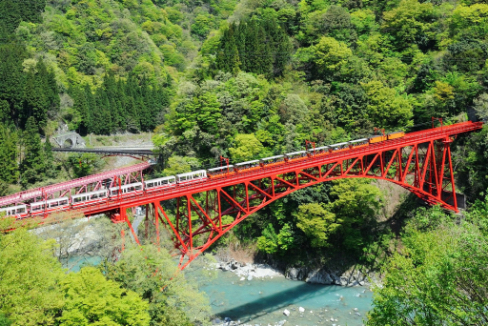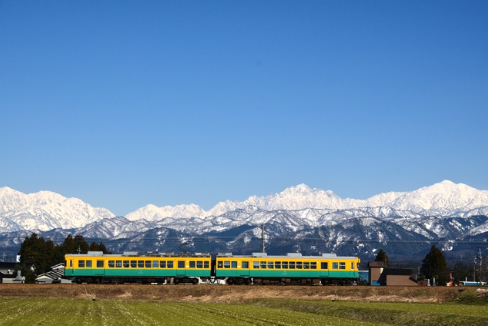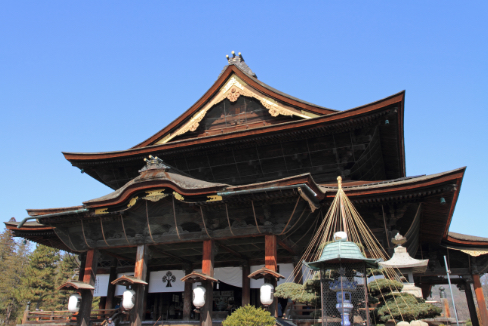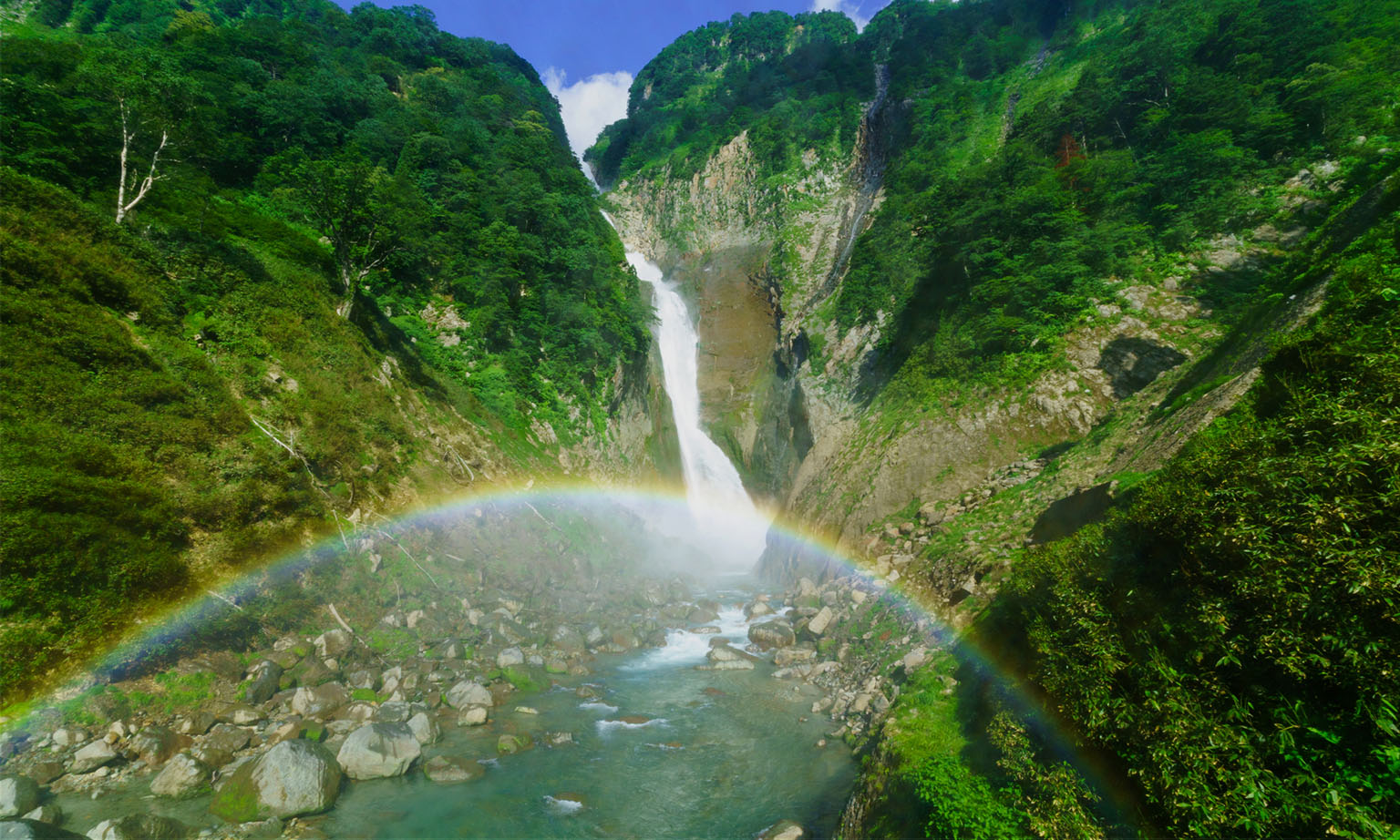
TATEYAMA
An enchanting experience with mountains,
the outdoors and ceramics!
The entrance to the Tateyama Kurobe Alpine Route
TATEYAMA
An enchanting experience with mountains,
the outdoors and ceramics!
The entrance to the Tateyama Kurobe Alpine Route
Tateyama Town
Tateyama Town serves as the entrance to a mountain sightseeing route known as the Tateyama Kurobe Alpine Route on the Toyama side. The town has prospered as a base for worship of Mount Tateyama since ancient times. In particular, its Ashikuraji area is dotted with historic ruins, museums and other sights that tell that history. The town is attracting popularity for the wide variety of experiences it offers, from outdoor exploration to pottery, amidst the rich natural environment of Mount Tateyama.
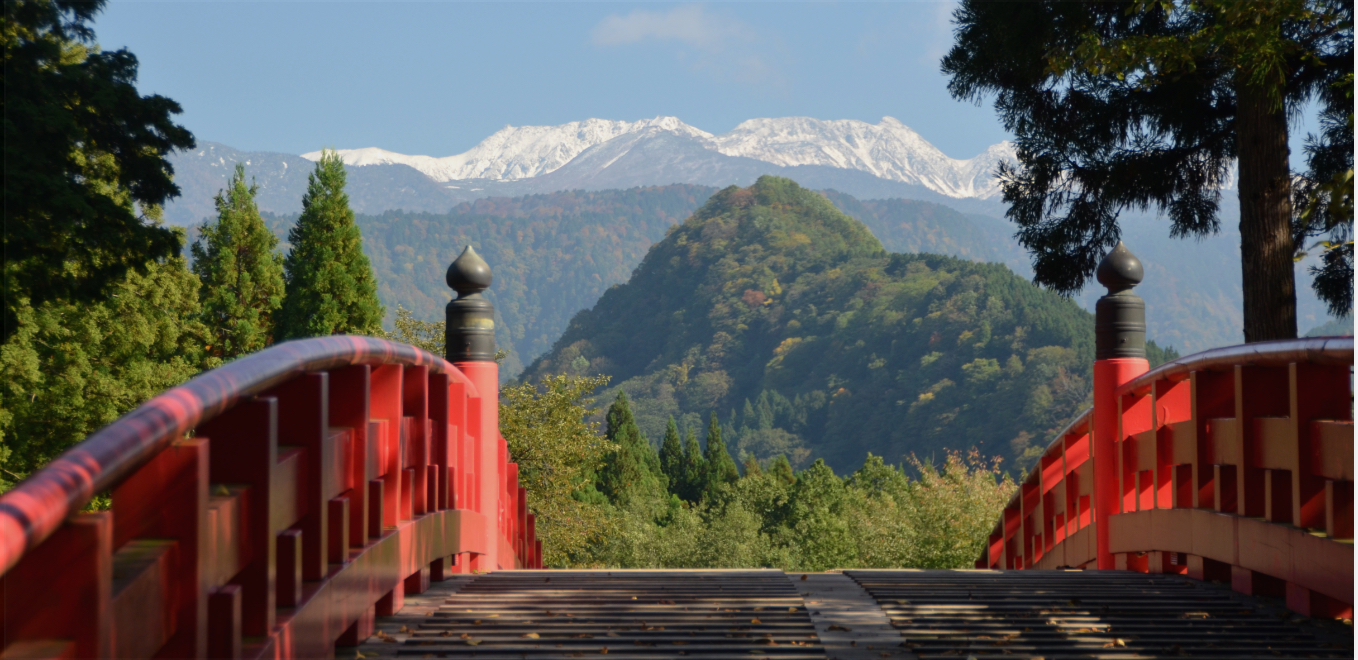
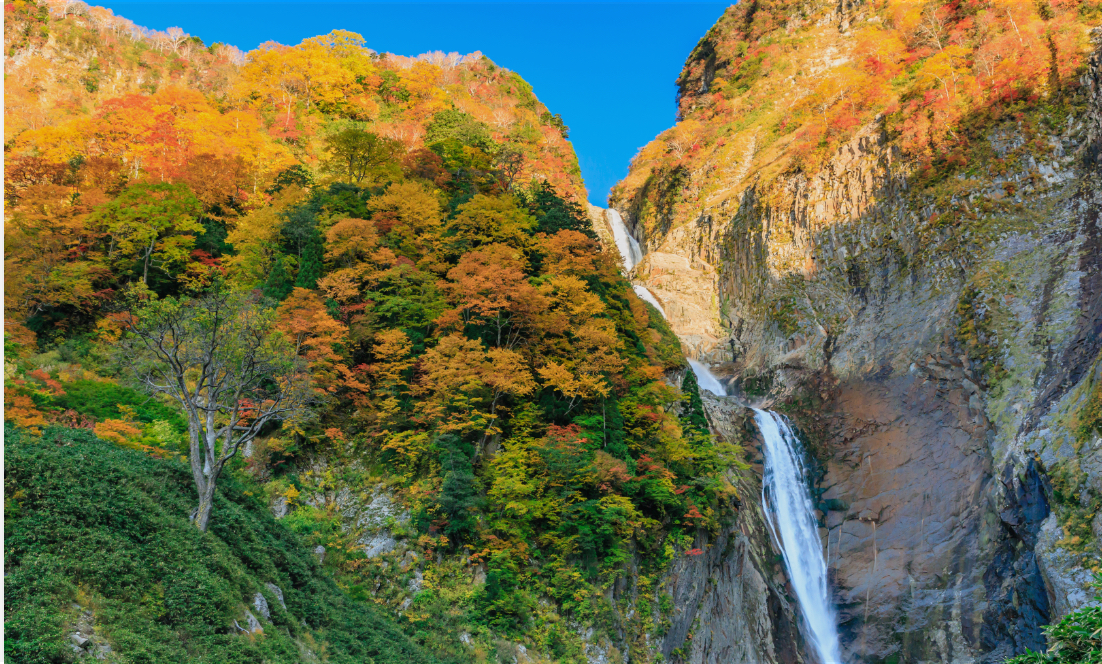

Experience the natural environment and faith of Tateyama with all five senses
[Tateyama Museum] of Toyama
This museum features historical relics of Tateyama mountain worship, such as a group of stone Buddha sculptures. The grounds of the museum are divided into three sections: the "teaching zone," the "sacred zone" and the "play zone." The teaching zone hosts an exhibition hall introducing visitors to the natural environment and history of Tateyama. In the sacred zone, Yobo-kan Hall explores the religious beliefs of Tateyama through imagery. The play zone is home to Mandara Yuen Park, where you can experience a simulation of heaven and hell.
- Address
- 93-1 Ashikuraji, Tateyama Town
- Phone Number
- 076-481-1216
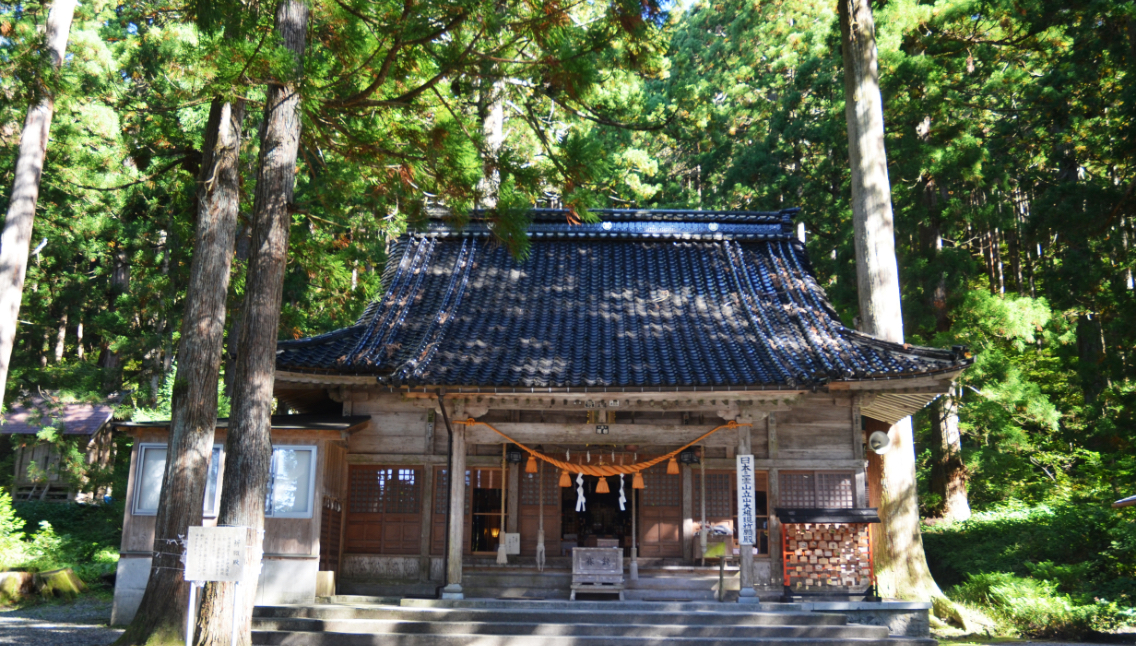
A sacred place blanketed with cedar trees
Oyama Shrine Chugu Kiganden
Oyama Shrine is composed of three shrines: Oyama Shrine Minehonsha on the summit of Tateyama, Oyama Shrine Maetateshadan at the mountain’s foot, and Oyama Shrine Chugu Kiganden. Chugu Kiganden was known as Ashikuraji Chugu Kiganden before the anti-Buddhist movement of the Meiji period. A 500-year-old cedar grove on the grounds complements the solemn and quiet atmosphere.
- Address
- 2 Ashikuraji, Tateyama Town
- Phone Number
- 076-482-1545

Learn the magnificence and severity of nature
Tateyama Caldera Sabo Museum
Tateyama Caldera is a hollow of collapsed land formed through volcanic activity and erosion. It is one of the largest such areas in Japan. This museum will introduce visitors to the natural environment and history of the Tateyama Caldera, as well as methods of erosion control used to prevent landslides caused by its features. A variety of exhibitions employing diorama, theater, video and other techniques convey the magnificence and severity of nature to visitors.
- Address
- 68 Bunazaka, Ashikuraji, Tateyama Town
- Phone Number
- 076-481-1160

Rhinoceros and stag beetles galore
Insect Kingdom Tateyama
At this popular facility, children can enjoy seeing various kinds of insects. Many rhinoceros and stag beetles are raised in the insect dome. They are even available for purchase. Breeding sets are also sold, and instructions on how to breed are available for beginners. At the Tateyama Nature Contact Hall on the grounds, you can purchase local specialties.
- Address
- 177 Shidanio, Tateyama Town
- Phone Number
- 076-462-8555
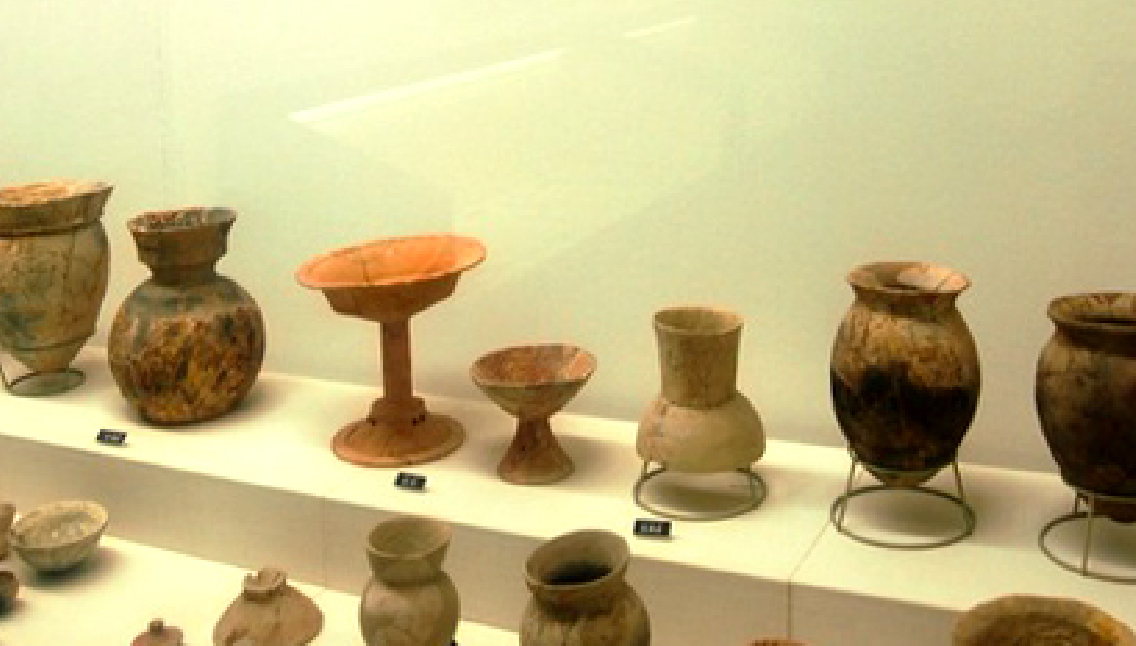
Exhibition of artifacts from primitive times to the modern day
Historic exchange station "Hinata"
This museum introduces the history and cultural assets of Tateyama Town. Important artifacts, models, drawings and archaeological finds are displayed in the permanent exhibition room on the first floor to illustrate the town's history from primitive times to the modern day. If you make a reservation, you can even try your hand at making "kumihimo" braids, "magatama" beads and earthenware.
- Address
- 43 Taniguchi, Tateyama Town
- Phone Number
- 076-463-1050

Sooth your soul with the elegant 24m drop of this waterfall
Iwamuro Falls
This waterfall is located midway through the Mushidani-gawa River, a branch of the Shiraiwa-gawa River. It spouts from the middle of a steep, 40m cliff and drops directly down, leaving an impression of both ferocity and elegance. The name literally means "cavern" and derives from the large mass of rock on the right side, where soft mudstone has been hollowed out by the falling water. The waterfall has been designated as a natural monument of Toyama Prefecture.
- Address
- Iwamuro, Mushidani, Tateyama
- Phone Number
- 076-462-1001 (Tateyama Tourism Association)
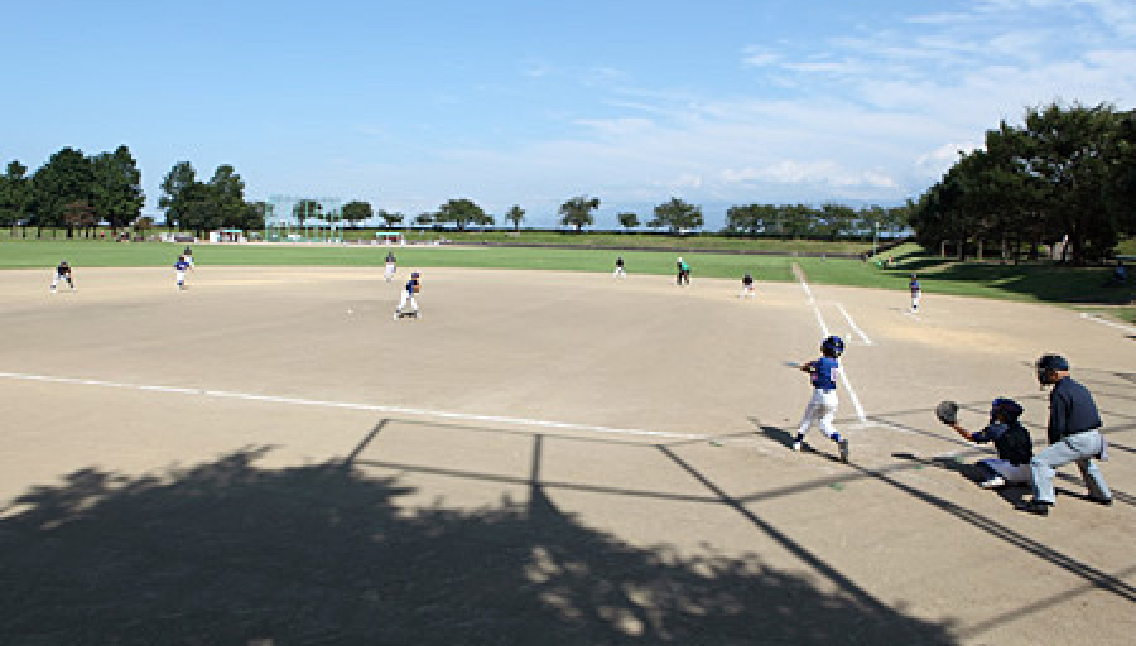
Enjoy sports against the backdrop of the Tateyama mountain range!
Toyama Joganji River Park
This nature-rich park is located near the Joganji River, which flows from the Tateyama mountain range. It features a range of ways to enjoy the outdoors, including dedicated grounds for tennis and soccer, an open area for lawn sports and a barbeque corner with a stove. The play equipment is popular with children and uses the Tateyama mountain range as a motif.
- Address
- Rita, Tateyama Town
- Phone Number
- 076-463-2034 (Toyama Joganji River Park Administration Office)
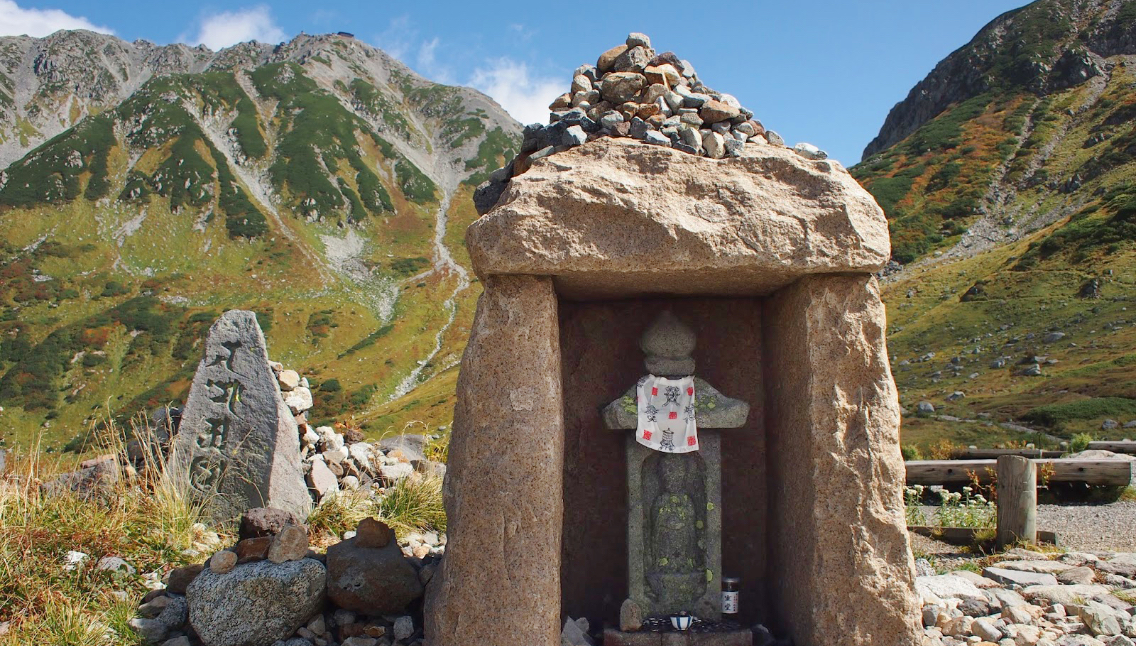
See the Stone Buddhas who became signposts for worshippers
Tateyama Shrine Road
During the Edo period, people visiting the sacred mountain of Tateyama to worship travelled from Iwakuraji Shrine to Murodo on this road. Stone pagodas and statues of Buddha were placed along the side of the road to mark the route, numbered from 1 to 33. The first was located at Iwakuraji Shrine, while the last was at Murodo. Not all remain, but you can still see some of the statues of Buddha in Ashikuraji.
- Phone Number
- 076-462-1001 (Tateyama Tourism Association)
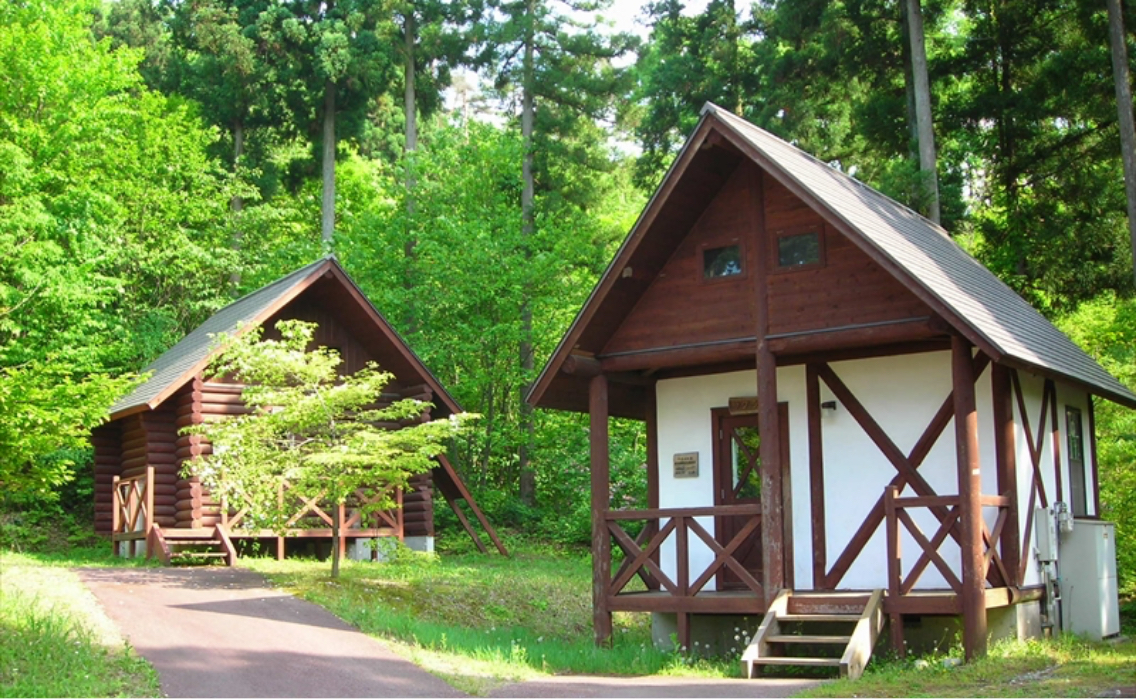
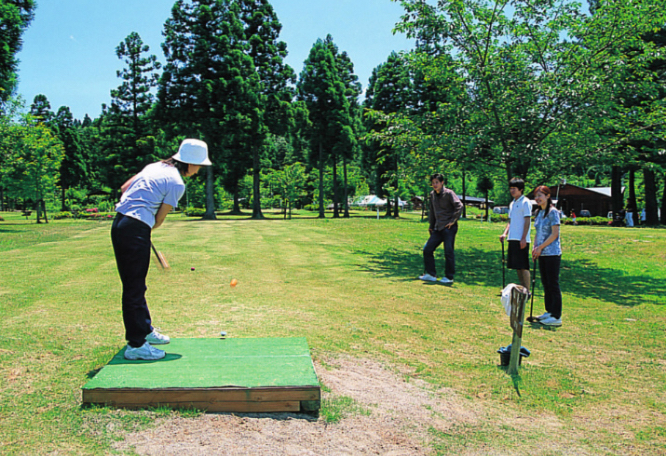
Enjoy sports amidst the beauty of nature
Tateyama Green Park Yoshimine's
Outdoor Experience
Enjoy the rich outdoor environment and natural hot springs of this theme park. It offers a variety of outdoor experiences, including park golf and cross-country sports (all for a fee). Barbeque equipment is available with a full course prepared for cooking, including local beef, so there is no need to bring your own food.
- Address
- 12 Yoshimine Nobiraki, Tateyama Town
- Phone Number
- 076-483-2828



Let's make one-of-a-kind pottery
Ecchu Ceramics Village “Tonokan”
Ceramics Experience
This facility celebrates the cultures of both agriculture and Ecchu-Seto ceramic ware. Various pieces of Ecchu-Seto ceramic ware, which has a 400 year history, are on display inside. It also offers a hands-on experience with pottery. The hand-shaped (no wheel) pottery course costs ¥1500 for adults (requires half a day and must be reserved by the previous day). The ceramics painting course costs ¥1000 for adults (requires 60 minutes and must be reserved by the previous day).
- Address
- 31 Setoshin, Tateyama Town
- Phone Number
- 076-462-3929
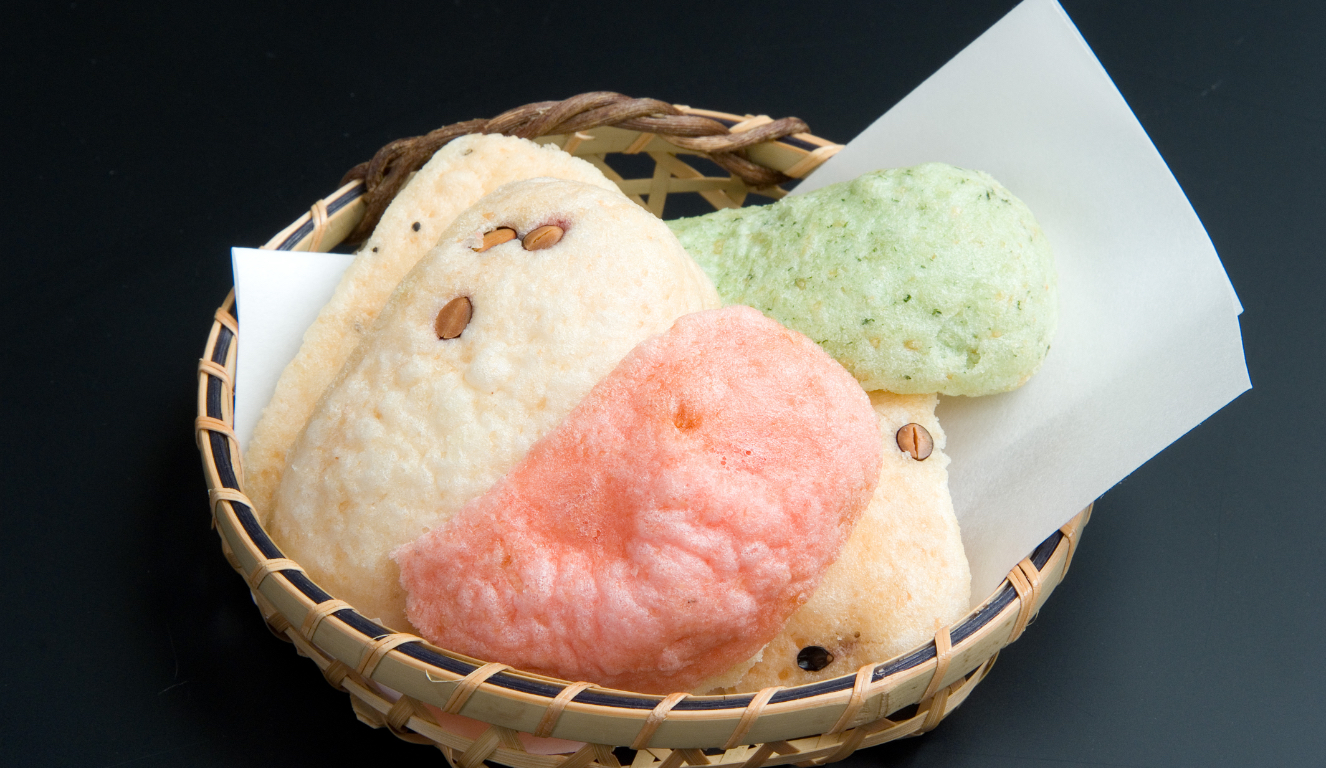
A rustic snack chilled at the foot of the mountain
Tateyama Gongen Kakimochi Rice Cakes
The cold air at the foot of the mountain reputedly brings out the sweetness of this treat, which is also known as koorimochi (frozen rice cakes) by locals. In accordance with traditional techniques, it is still made by pounding rice with a mallet and then drying the resulting mochi naturally under the cold winds that blow down the mountain. The vivid colors are added using all-natural ingredients.

Delicious peaches fully ripened on the tree to bring out their sweetness
Tateyama Peaches
These peaches are grown at the base of Mount Tateyama. They are allowed to ripen on the tree, bathed in the sunlight of summer, until just before they go soft. The fruit is picked in the morning and sold on the same day. Peaches with sugar content at or above 14 degrees Brix are carefully selected and sold as premium. This new brand, which was diligently developed by local producers, is attracting many fans.

Tateyama's lavish udon noodles, a local specialty
Tateyama's Famous Rice Flour Udon
Tateyama is known for its rice production, so these local noodles are well suited for the area. Several restaurants in Tateyama serve this dish, but all follow the same three rules: first, use "koshihikari" rice flour produced in Tateyama Town. Secondly, for ingredients, use Tateyama pork, locally-grown white spring onions, and the "raicho enoki" mushrooms that are native to Tateyama Town. Lastly, place a red flag in front of the shop.
Start!

Tateyama Caldera Sabo Museum
Using diorama, theater and video halls, this museum introduces visitors to the natural environment, history and erosion control methods of the Tateyama Caldera.
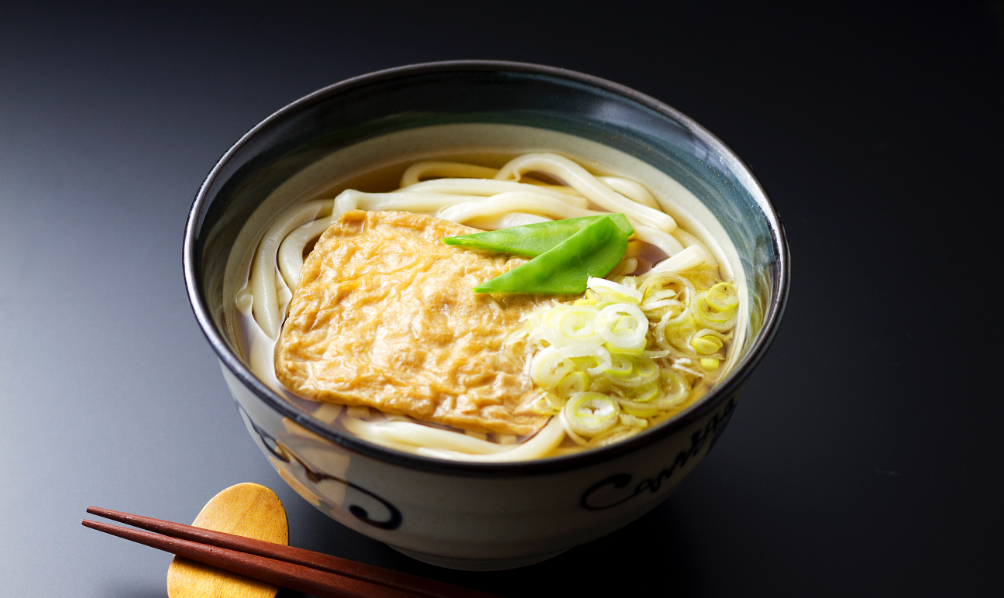
Lunch with Tateyama's Famous Rice Flour Udon
This local udon dish can be enjoyed at restaurants around Tateyama Town. Locations offering it can be found near Tateyama Station and Gohyakkoku Station, among other places.

Oyama Shrine Chugu Kiganden
This shrine sits at the foot of Mount Tateyama in Ashikuraji. The founder of Tateyama mountain worship, Ariyori Saeki, is enshrined on the grounds. A 500-year-old cedar grove enshrouds the area.

[Tateyama Museum] of Toyama
This museum features historical relics of Tateyama mountain worship. Its 13-hectare grounds include an exhibition hall, Mandara Yuen Park and the Yobo-kan Hall.
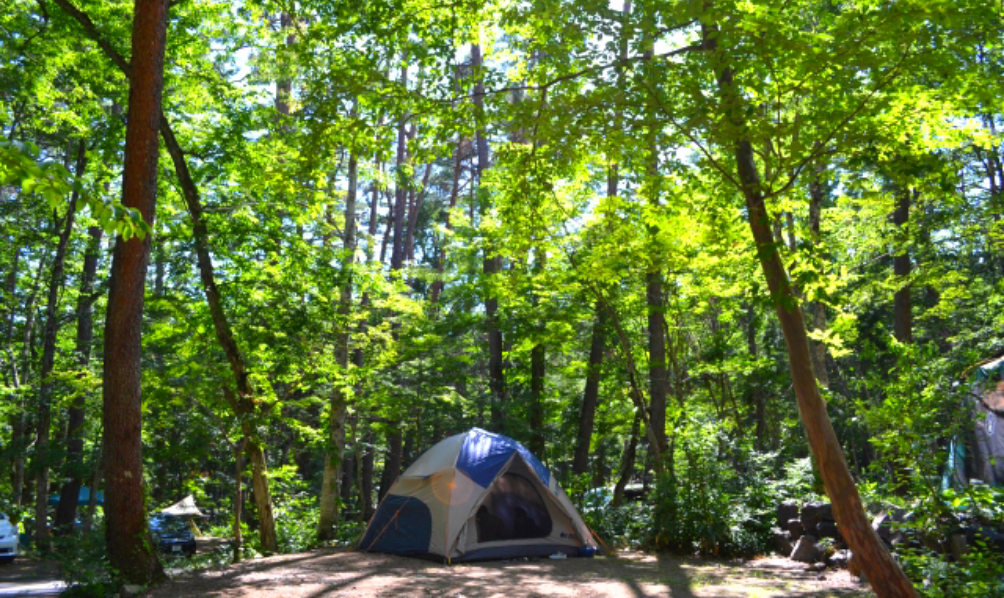
Green Park Yoshimine
Enjoy the rich outdoor environment and natural hot springs of this theme park. Its activities include park golf and cross-country sports.
Goal!


